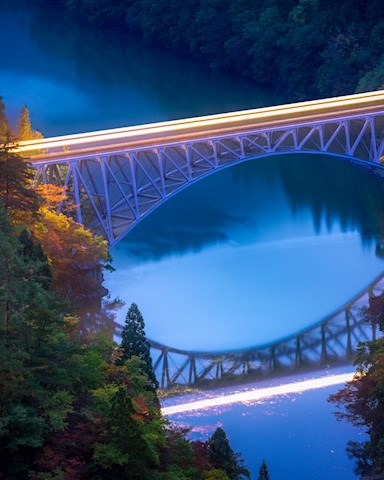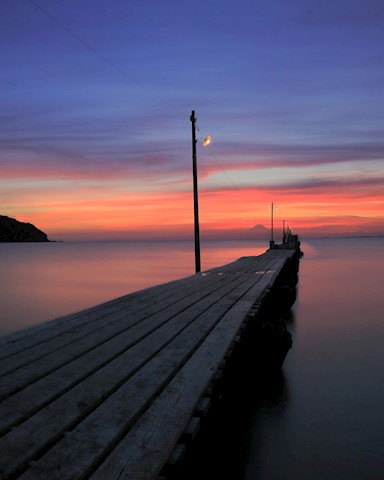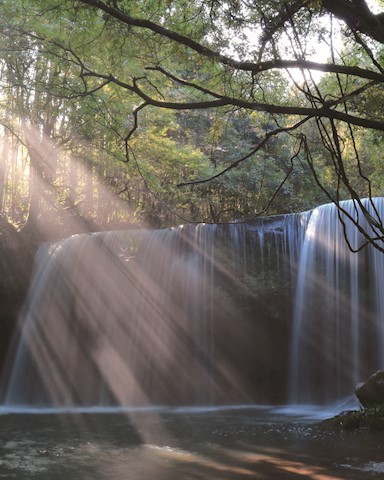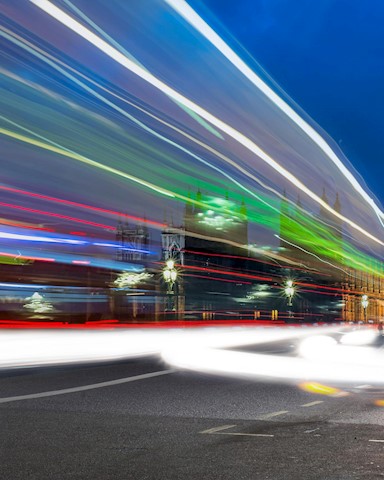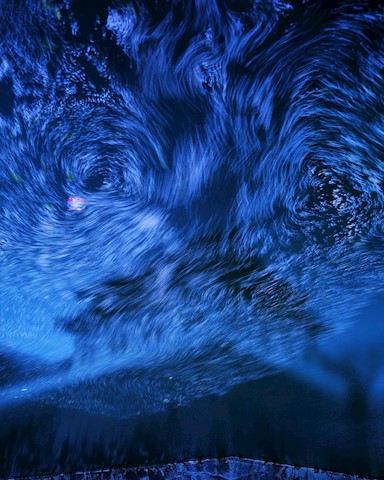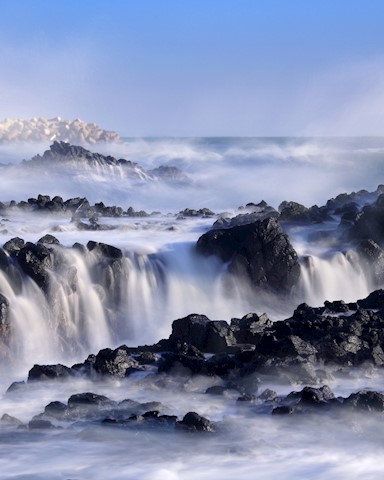When you need to slow down the shutter speed
By slowing down the shutter speed, you can intentionally create movement in your pictures. For example, when shooting waterfalls at a slow shutter speed, you can reproduce in your photos the flowing smooth movement of the water, as in the image below:
When you need and open aperture as you want to blur the background
Open aperture in bright, sunny days can get your image overexposed. Using a ND filter in this light situation will help you reduce the amount of light to achieve proper exposure with your aperture wide open.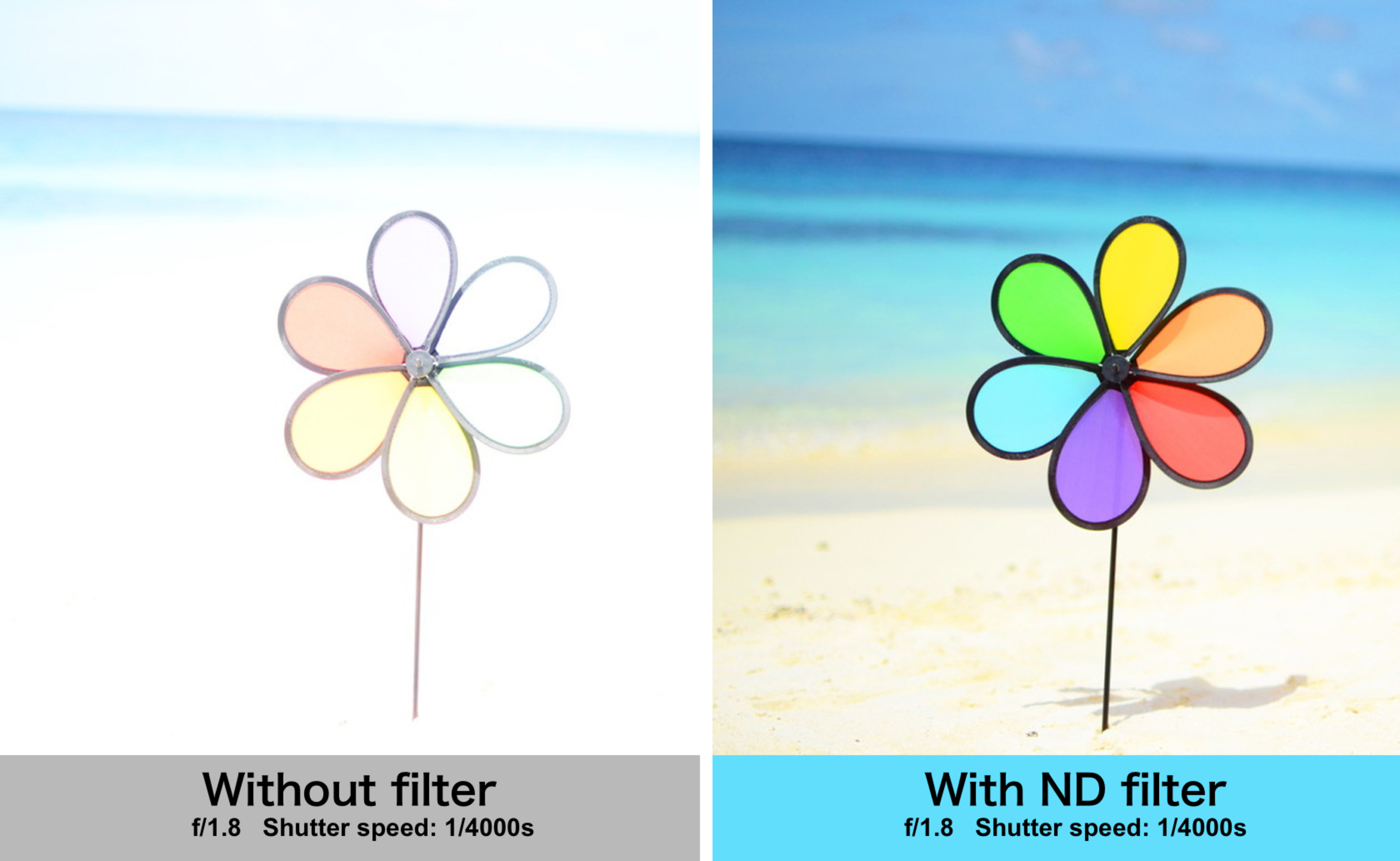
I can adjust exposure with camera settings. Why ND filters are still necessary?
To further slow down the shutter speed
Technically speaking, you could slow down the shutter speed by simply closing up the aperture (i.e. by setting bigger f-number) but there will be still some limits, ending up in overexposed images. Moreover, shooting with a too big f-numbers (i.e. an closed aperture) means poor image quality on your final picture (see "diffraction phenomenon").
When you need an open aperture as you want to blur the background
On bright, sunny days, even if shooting with a low aperture value (for example f/1.4 or f/1.8) and at the limits of the camera's shutter speed (for example 1/4000 sec or 1/8000 sec), your pictures may still result overexposed. In these light conditions, too, ND filters are necessary.
Diffraction phenomenon: what is it?
In photography, diffraction occurs when light waves encounter an obstacle, causing them to bend around this obstacle.
With a big f-number, that means a small aperture's hole diameter, the light entering the diaphragm hole bends around it and consequently cannot reach the image sensor elements, causing degradation in the final image quality.
The images below show, for example, the difference in image quality when shooting at f/8 or f/22 respectively.
As you can see in the picture enlargement, the difference is remarkable: a sort of haze affects the picture taken at f/22, resulting in poor sharpness compared to the picture taken at f/8.
Here ND filters are essential to let you shoot at a low shutter speed without closing the aperture up to f/22.
How will my pictures change with ND filters?
Here a few examples showing how impressively water expression can be changed when using different ND filters.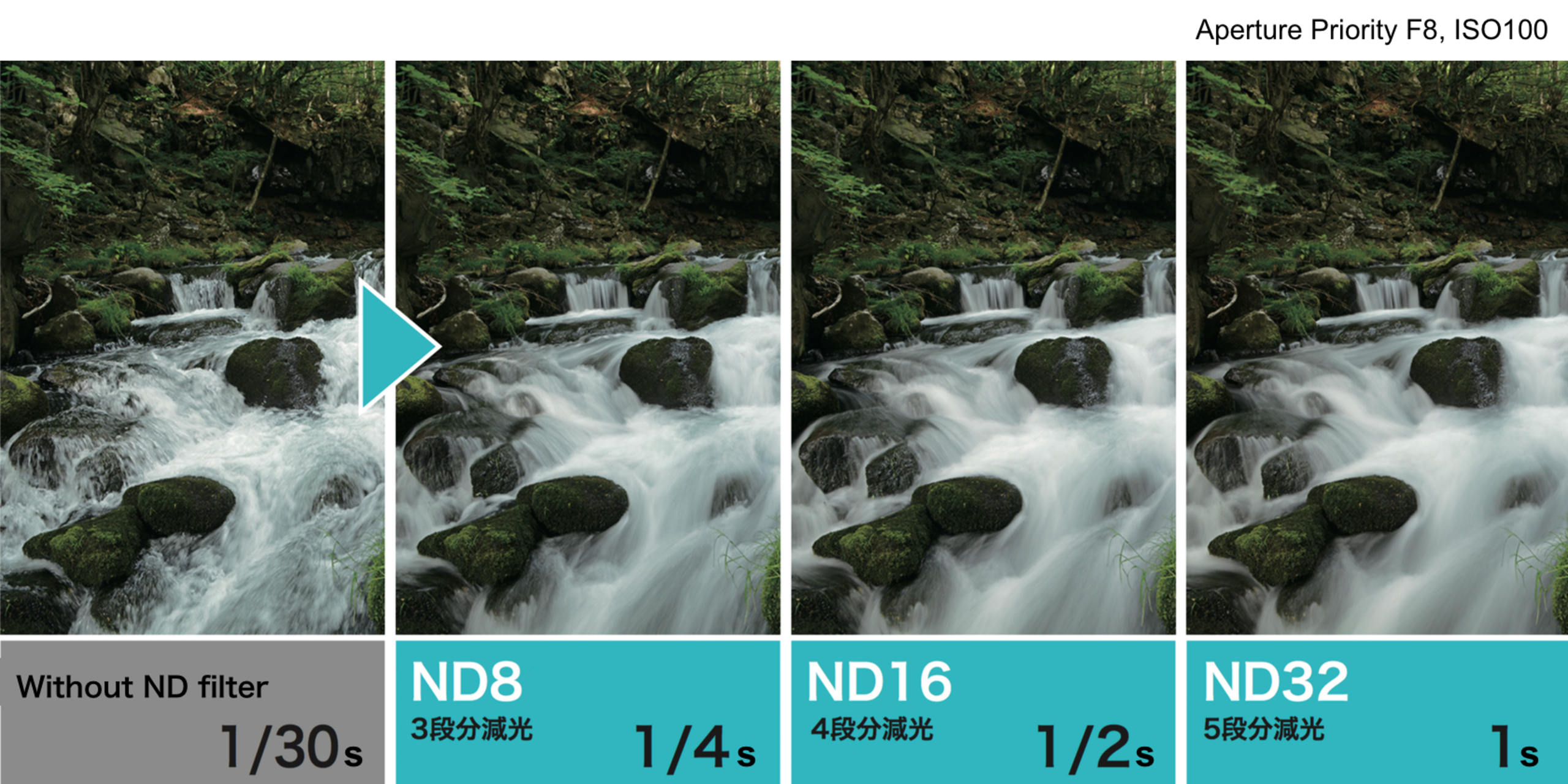
By using ND filters, you can for example capture impressive images of waterfalls at a low shutter speed. A 1/30 sec shutter speed can be extremely slowed down at 1/4 sec by using a ND8 filter, thus effectively capturing the natural flowing of the waterfalls in the final image.
Furthermore, as you can see from the image taken with ND16 and ND32 filters, even with just 1 stop difference in shutter speed, the higher the ND value, the smoother the waterfalls will look like.



